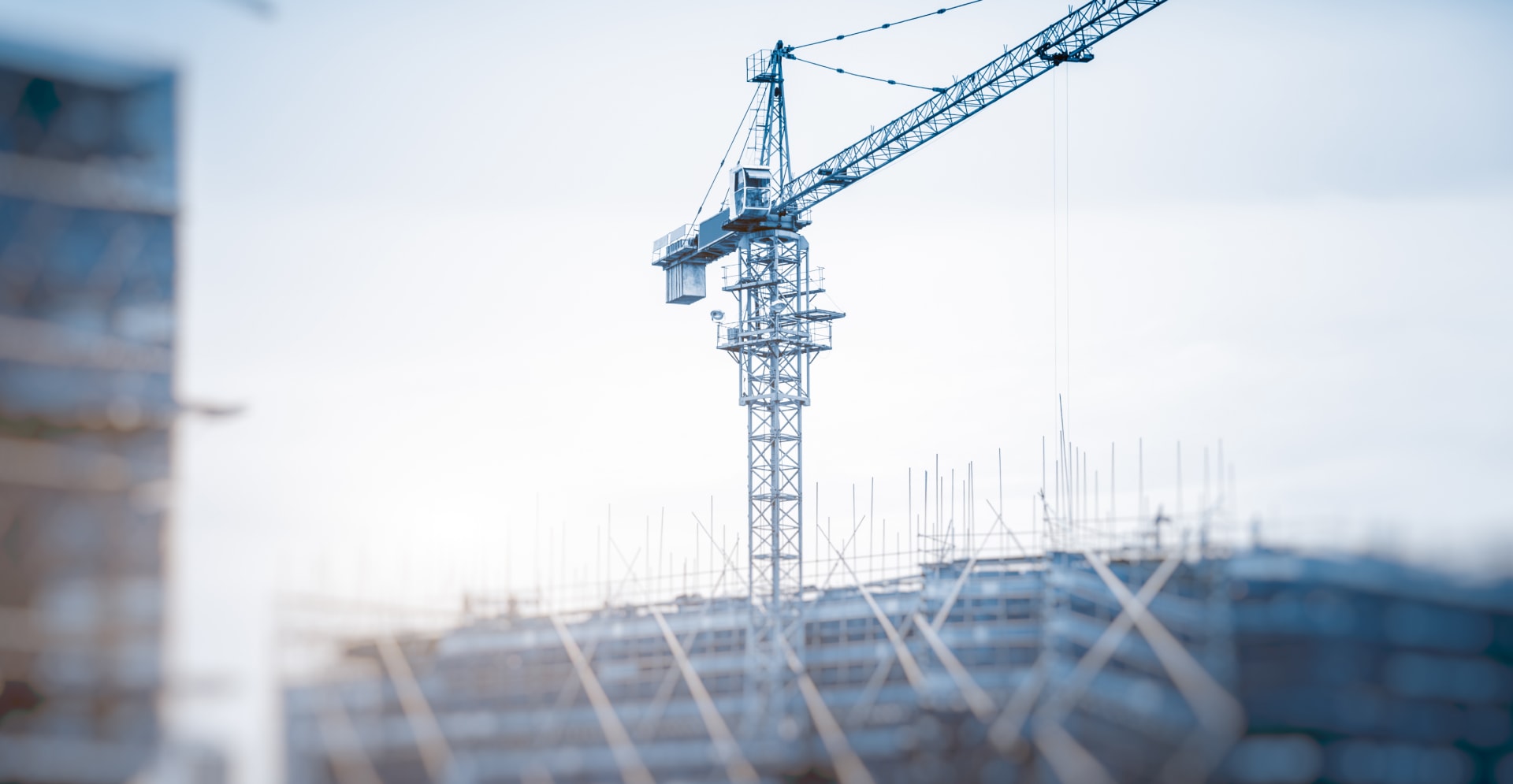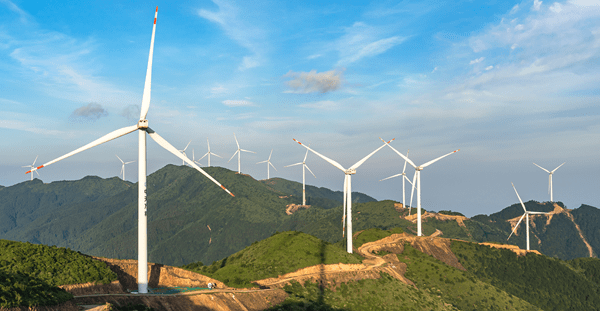The construction industry will be dealing with the fallout from COVID-19 for years to come. Sustainable recovery depends on how well we adapt to the changes that are here to stay.
When my colleagues gave me an early look at the latest international construction costs report, I knew going in there would be some unusual shifts in the rankings and key data points. COVID-19 destabilized the construction industry worldwide. Still, reflecting on a year that truly changed the paradigm was a great opportunity to assess what happened, what changes could remain and what lessons we can leverage for sustainable recovery.
Slowdowns and shutdowns pushed U.S. leaders down the list
Seeing New York City and San Francisco dive down the rankings wasn’t much of a surprise. America had a varied COVID-19 response from city to city and state to state. The discrepancy around questions like defining what’s essential and what’s not meant some cities followed business as usual, whereas those two cities imposed quite severe restrictions at the height of the pandemic. Projects I worked on in both cities saw some level of shutdown, with one in New York pausing for nearly three months.
One interesting effect was that the decline in activity acted as a pressure relief valve in overheated markets. Costs in New York City and San Francisco were so high in 2019 because the abundance of projects drove up prices. The slowdowns allowed concerns like expected workforce shortages to cool off. However, as projects ramp up again, I expect San Francisco and New York to head back toward the top of the pile in 2022.
When it came to the materials market, prices fluctuated significantly in the U.S. last year. Costs of lumber escalated fairly significantly, yet structural steel prices dropped significantly. The supply chain provided its own conundrums. I think a lot of us didn’t realize how quickly it could crater until we were struck with long, unanticipated delays on materials from some European countries and other devastated areas.
Don’t expect every sector to rush back to building
Looking into impacts to specific sectors, the reverberations of the pandemic might affect some project types for years to come. Commercial office projects might never reach the same heights. Successful shifts to remote working have many organizations questioning the need for so much office space – if any at all.
Our relationship with retail might be different as well; I got quite familiar with my Amazon Prime account during lockdowns, and I bet I’m not alone. Sectors such as hospitality, entertainment and others that rely on in-person business might need to replenish their revenue streams before construction picks back up.
Sustainable recovery opportunities
Recovery will progress as vaccines roll out, but we must leverage the lessons learned in 2020. As we found out, the threats you don’t see coming typically cost the most. Reimagining the ways we work, from design elements to the supply chain, can ensure returning projects are resilient. It’s critical to plan for potential interruptions related to COVID-19, but we also must strategize for sustainable recovery.
Labor shortages, for one, could rear their head again around key trades such as electricians. Labor rates maintained throughout the year irrespective of COVID-19 impacts, which is encouraging, but we may face the re-emergence of skills gaps as construction picks up. Project leaders must be thoughtful about how they’ll hire a workforce to meet investment needs.
The proposed government infrastructure plan could play a pivotal role in sustainable recovery across the country. Sizeable infrastructure projects will stretch work opportunities over long periods of time, and investing in affected communities will create positive ripple effects on local economies, drawing in more opportunities to build businesses, residential areas and mobility networks.
Tell me what you think about the report
For more on the state of the construction industry and an outlook for the year ahead, take a look at Investing for a sustainable recovery. If you have any questions about the report or post-pandemic construction projects, please reach out.





